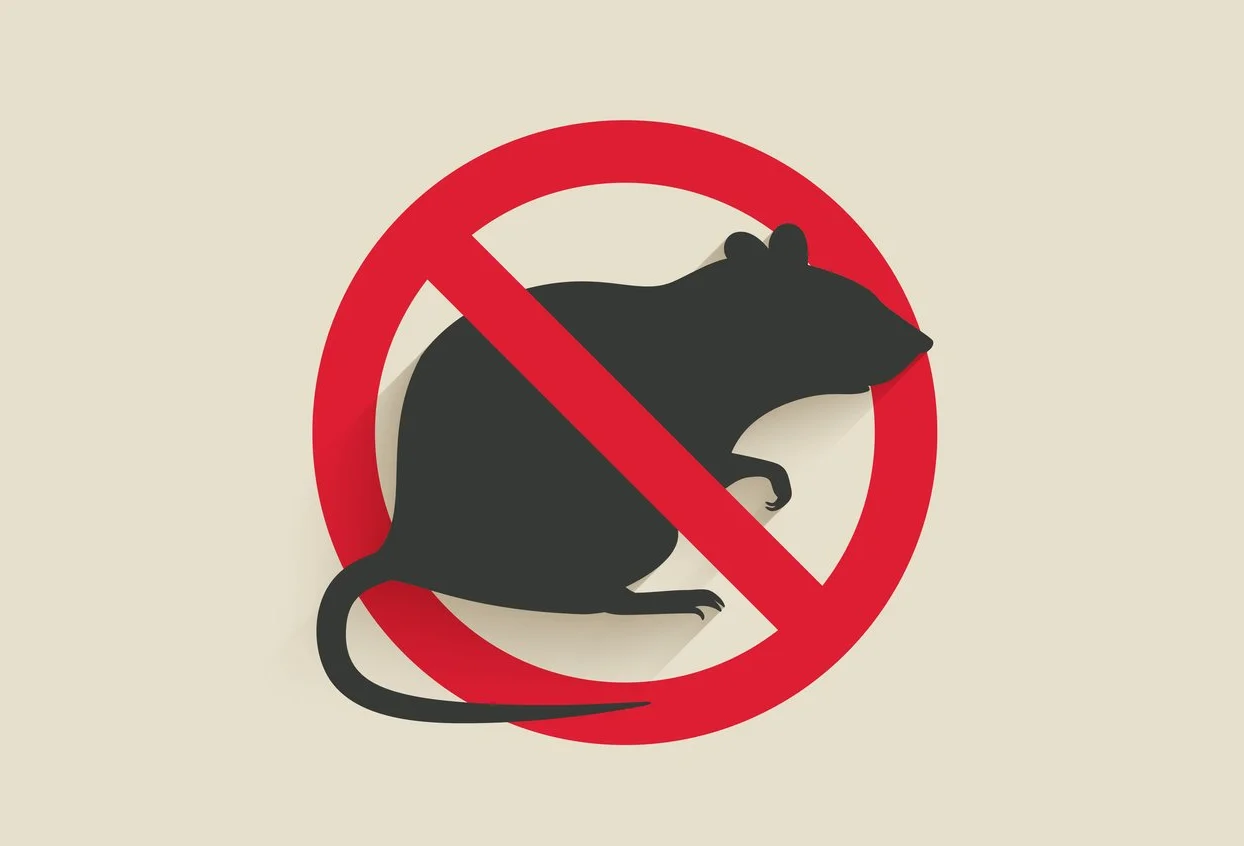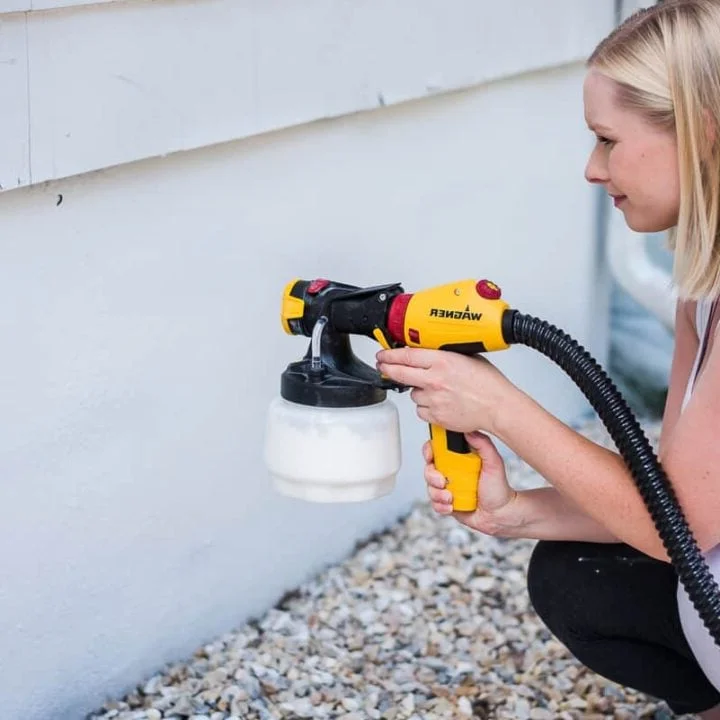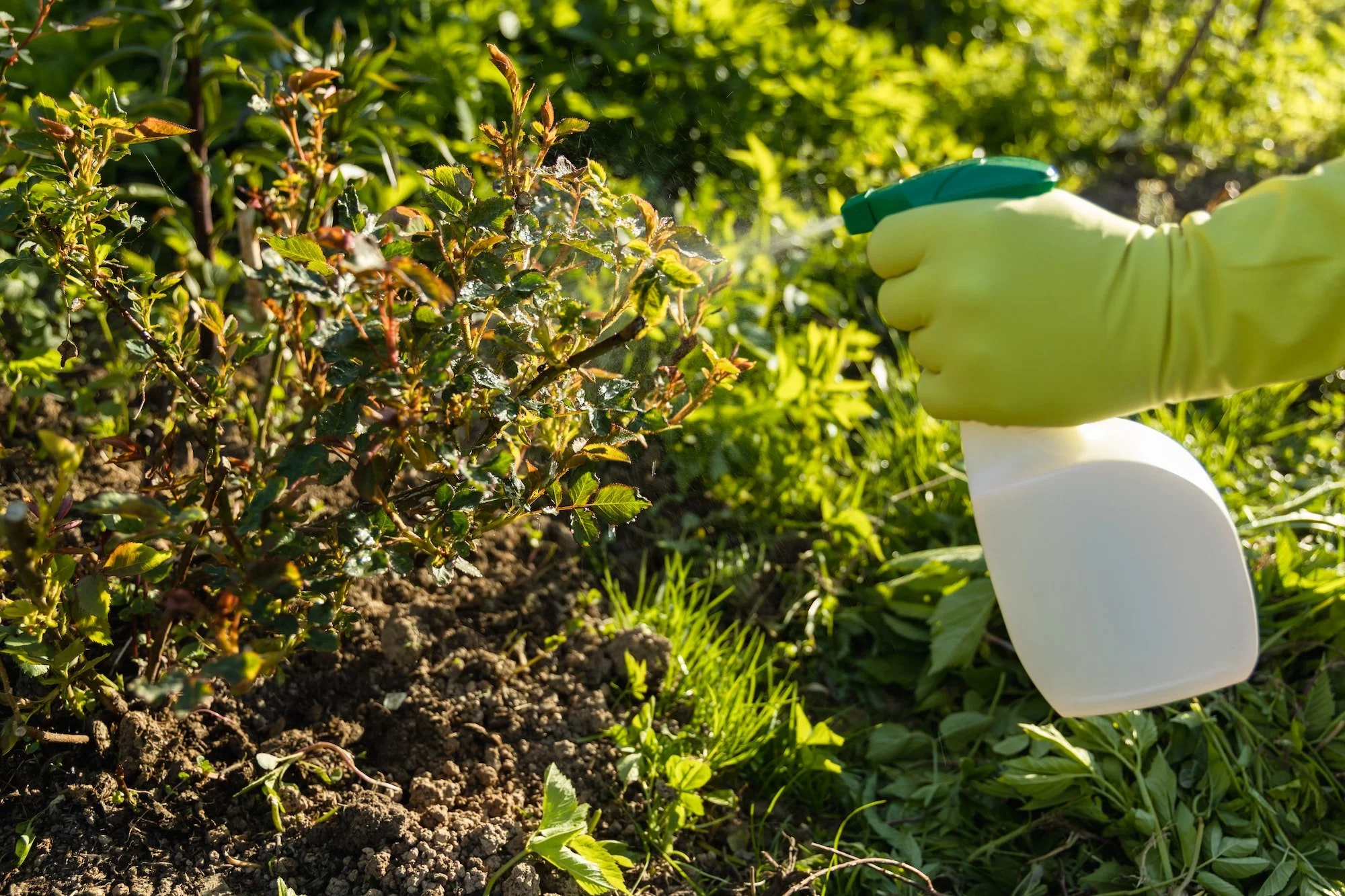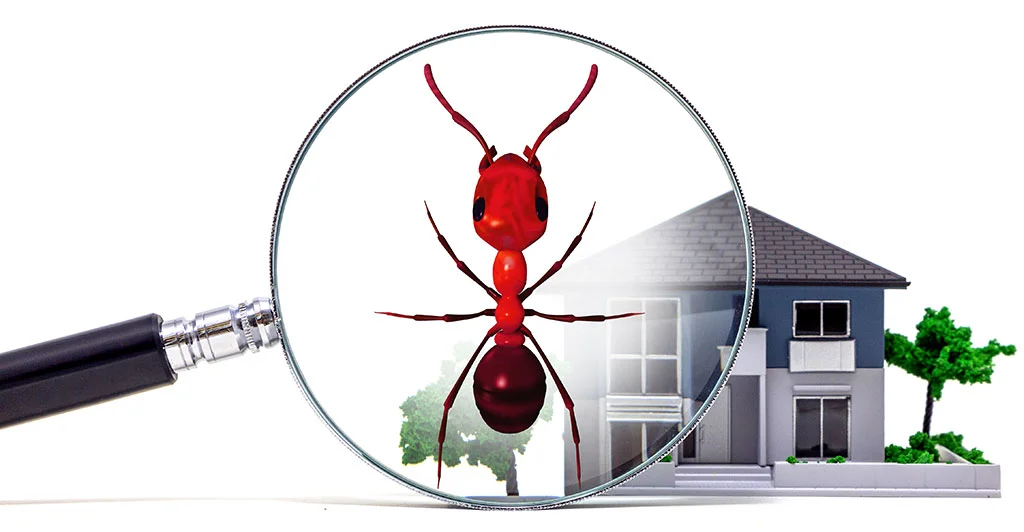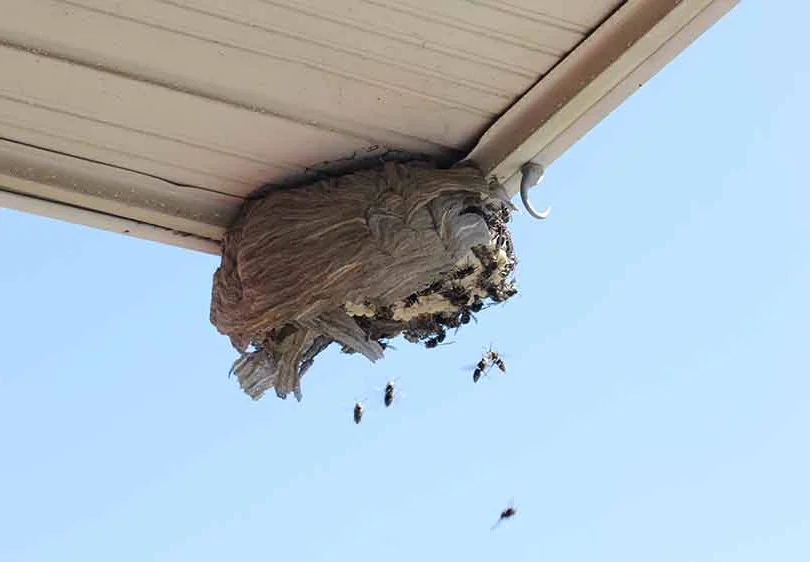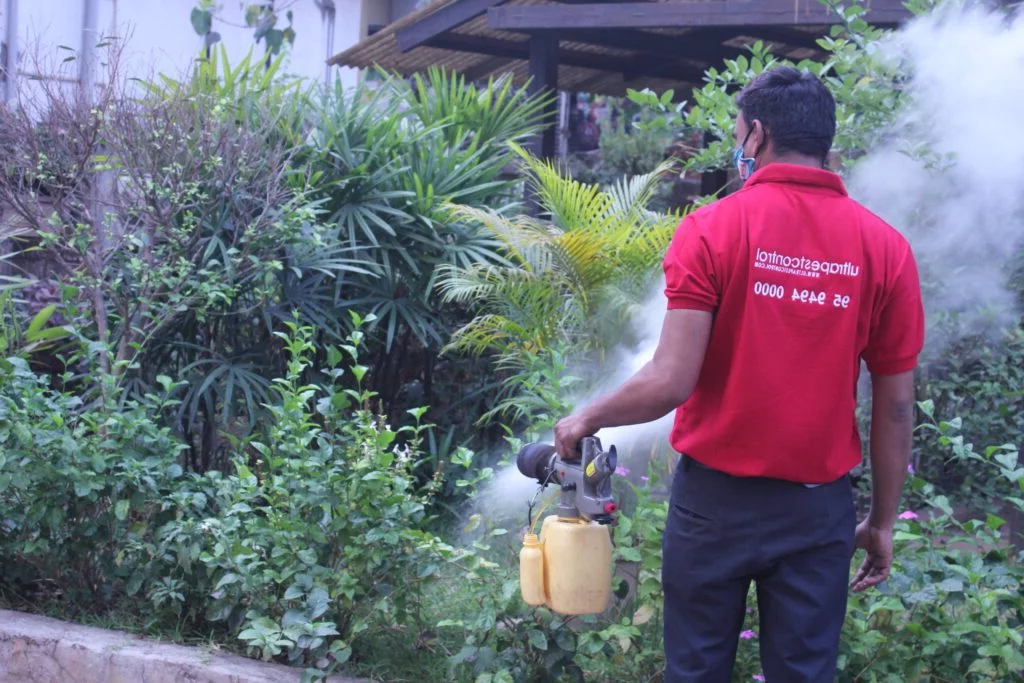Ozark Region/Southern Missouri
Including: Springfield, Branson, Joplin, Rolla, West Plains, Lebanon, Cape Girardeau
Missouri's southern highlands present unique pest management challenges shaped by diverse terrain, tourism influence, and distinctive seasonal patterns. The region's substantial vacation and recreation property market creates specialized protection needs for both year-round residences and periodically occupied structures, while communities like Branson face commercial challenges supporting tourism operations and hospitality facilities. The Ozark region's wooded environment supports tick and chigger populations requiring management for outdoor comfort, substantial brown recluse pressure requiring specialized indoor protocols, and seasonal mosquito activity near the area's abundant lakes and streams. Commercial properties throughout southern Missouri face protection challenges supporting tourism operations, manufacturing facilities, and healthcare institutions, while residential services address both permanent homes and vacation properties with different pest vulnerability patterns. The region's karst topography creates unique foundation conditions affecting termite management approaches, while seasonal transitions trigger predictable invasion patterns requiring strategic timing for optimal management results.
Northern Missouri
Including: Columbia, Jefferson City, St. Joseph, Hannibal, Kirksville, Moberly, Maryville
Missouri's northern regions experience distinctive pest challenges influenced by agricultural landscapes, river systems, and more pronounced seasonal transitions than southern areas. The region faces substantial seasonal pest movement patterns as agricultural operations displace established populations toward structures seeking harborage, particularly during planting and harvest periods. Communities like Columbia and Jefferson City contend with urban pest pressures modified by university influences and government facility requirements, while smaller communities experience different dynamics where rural transitions create unique pest movement patterns. Northern Missouri experiences somewhat greater seasonal temperature fluctuations than southern regions, creating more pronounced pest activity cycles requiring regionally-appropriate timing for optimal management results. Commercial properties throughout northern Missouri face protection challenges supporting manufacturing operations, educational institutions, and agricultural facilities, while residential services address both urban neighborhoods and rural properties with different pest vulnerability patterns based on surrounding land use and structural characteristics.




